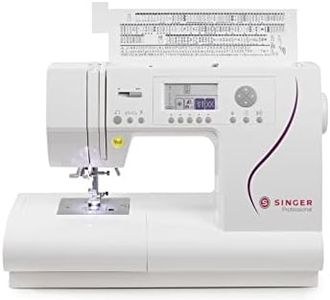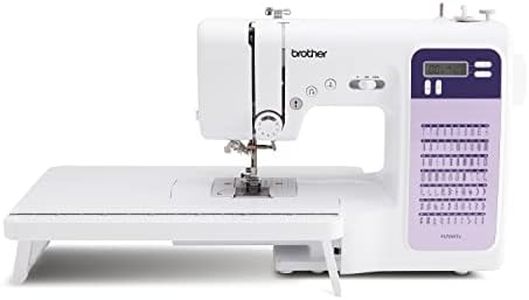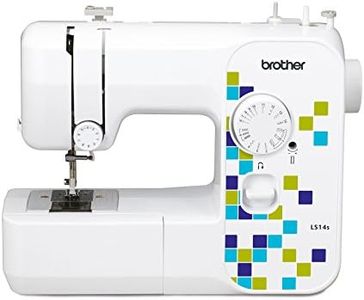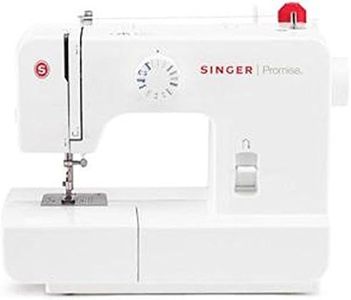We Use CookiesWe use cookies to enhance the security, performance,
functionality and for analytical and promotional activities. By continuing to browse this site you
are agreeing to our privacy policy
10 Best Sewing Machines For Beginners
From leading brands and best sellers available on the web.By clicking on a link to a third party's website, log data is shared with that third party.
Buying Guide for the Best Sewing Machines For Beginners
Choosing a sewing machine as a beginner can seem overwhelming because there are many options and features available. The most important thing is to start with a machine that is simple to use but still offers enough functions to let you learn and grow your skills. Focus on selecting a machine that matches your current projects, but also think about what you might want to sew in the future. Pay attention to features that make learning easier and those that help you avoid frustration.Stitch TypesStitch types refer to the variety of stitching patterns that a sewing machine can produce, such as straight stitch, zigzag, or decorative stitches. For beginners, having a few basic stitches—like straight and zigzag—is usually all you need, especially for learning the basics and completing most projects. Machines with too many stitch options can feel overwhelming if you are just starting out. As you explore more types of projects or want to try decorative work, a few additional stitches might be helpful.
Ease of UseEase of use covers how simple the machine is to set up and operate, including threading the needle, winding the bobbin, and changing settings. Some sewing machines are designed with features like automatic needle threading or drop-in bobbins to help beginners avoid common frustrations. If you’re new, it’s wise to pick a machine with clearly labeled controls and simple instructions, as this will reduce the learning curve and increase your confidence with each project.
Manual vs. Computerized ControlsSome sewing machines are controlled entirely with manual dials and levers, while others use electronic buttons and screens. Manual models are easy to understand and work great for beginners who want the basics without extra features. Computerized machines offer more stitch types and programmable functions but can be more complicated to learn. Decide if you want to keep things very straightforward or if you’d enjoy using digital controls for more versatility as you gain experience.
Adjustable Speed and Stitch LengthThe ability to adjust the sewing speed and the length of each stitch is very helpful for learning. Slower speeds and shorter stitch lengths allow beginners to practice control and precision, especially on curves or delicate fabrics. If you plan to sew thicker materials or longer seams, being able to increase speed or stitch length is convenient. Beginners usually benefit from a machine with an easy-to-use speed control lever or dial, so you can move at a pace that matches your comfort and skill.
Build Quality and WeightThe build quality and weight of a machine can affect how stable it feels during use and how long it lasts. Lightweight machines are easy to carry and store, ideal for those with limited space or who want portability. However, heavier machines often feel sturdier and vibrate less when sewing, making for a smoother experience. As a beginner, consider where you will keep your machine and whether you’ll need to move it often. If it will stay in one place, a heavier, more stable model might be best.
Included AccessoriesMany sewing machines come with accessories like extra presser feet, needles, bobbins, and seam rippers. Presser feet help you perform different tasks (like zipper insertion or buttonholes), and having a few options can make it easier to tackle simple projects without buying extras right away. Check what comes included and see if those accessories match the projects you want to try (like making clothes or crafting). For a beginner, a kit with the basics can help you get started with fewer frustrations.
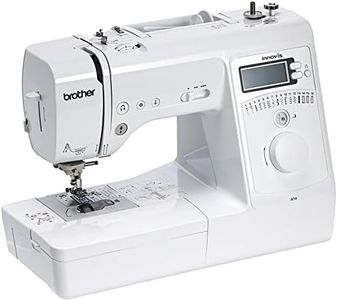
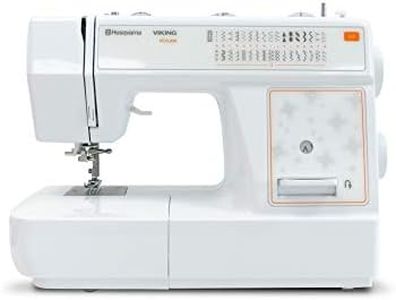
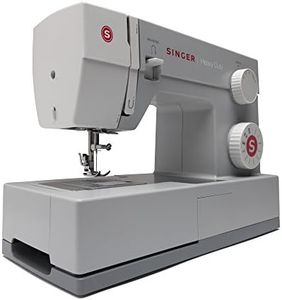
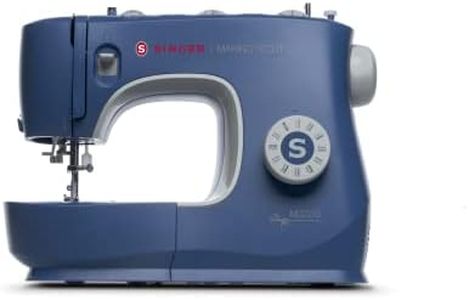

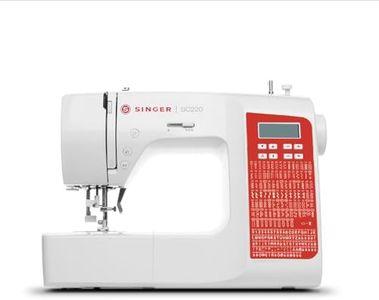
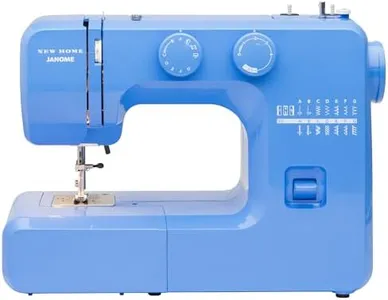

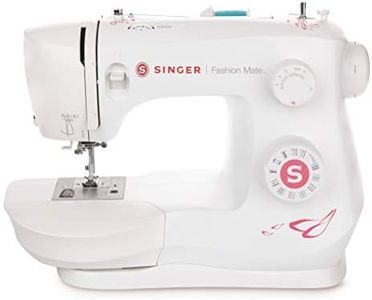
![Amazon Sewing Machine, Basic Mini Stitching Machine with Foot Pedal for Kids & Beginners, Dual Thread Electric Tacking Machine + Table & 46pc Sewing Kit, Battery or Adapter Powered [They Yellow Mango]](https://images-proxy.bestreviews.guide/aGE3IJgD0iMrNIMfyElJwvpUYXQ=/0x300/https://m.media-amazon.com/images/I/41pPCJIPo9L._AC_CX679_.jpg)
